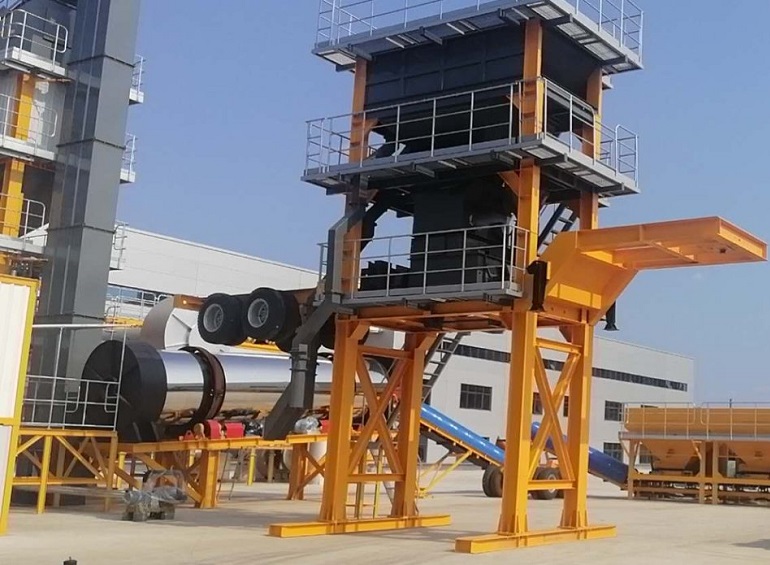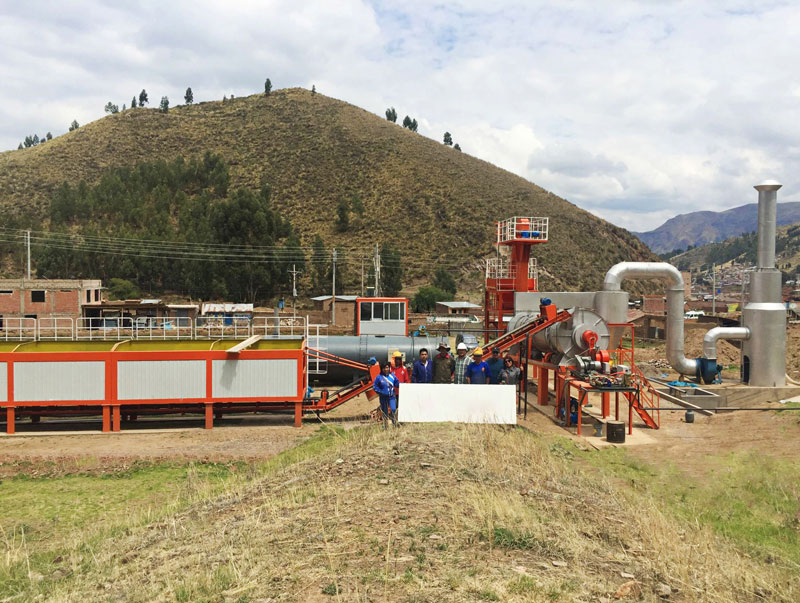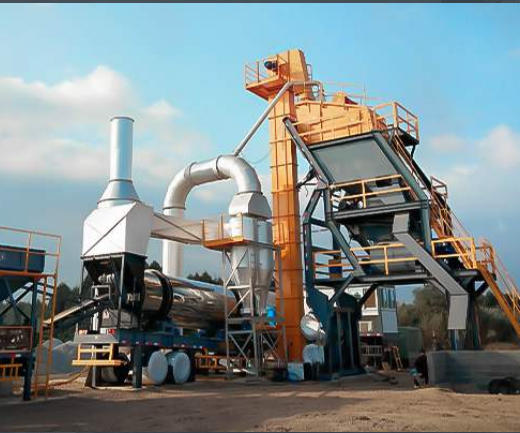What's the Difference Between Hot Mix and Cold Mix Asphalt?
Asphalt is one of the more popular paving materials in the world, but not all asphalt is created and used equally. You have two main options in the asphalt world – cold mix asphalt and hot mix asphalt. If you have an asphalt paving project coming up, you want to know the difference between the two types and how they can be used.
Luckily for you paving pros are here to discuss the differences between hot mix asphalt vs. cold mix asphalt including what they are, what they’re right for, and more information on these similar but very different options.
Hot Mix Asphalt Basics
As the name implies, hot mix asphalt is a mixture of aggregate like gravel and sand and asphalt cement that requires heating before installation. Hot mix asphalt is heated at the production facility to a temperature of 300 to 350 degrees before being shipped and laid at the job site. Hot-mix asphalt cools quickly to allow for quicker installation.
What is Hot Mix Asphalt Used For?
Hot mix asphalt is more useful for large-scale paving applications like roads, parking lots, and driveways. There are hundreds of thousands of square miles of pavement that make up America’s roads and parking lots right now due to hot mix asphalt’s versatility.
Cold Mix Asphalt Basics
Cold mix asphalt is the more basic of asphalt types. As the name implies, cold mix asphalt does not require heating for application. When you think of bags of asphalt used for patching, you’re thinking of cold mix asphalt.
What is Cold Mixed Asphalt Used For?
Cold mix asphalt is more useful for repairs like small cracks and potholes or patches when the outside temperature is too cold for hot mix asphalt. Cold mix asphalt is not nearly as strong as hot mix asphalt and should only be used for small-scale fixes or temporary patches until a more permanent repair with hot asphalt mix can be made.
Advantages of Hot Mix Asphalt
Weather-Resistant – Asphalt is used across the nation for a reason; it can resist all types of weather. Hot mix asphalt can stand up to wind, flooding, and asphalt’s heat absorption melts snow and ice faster than other paving materials.
Quick Cool Down – Hot mix asphalt is poured at over 300 degrees, but it cools down quickly, allowing for minimal road closure times. Because hot mix asphalt cools so quickly, you can get the road open and traffic flowing in as little as a few hours.
Strength – Hot mix asphalt is the most durable grade of paving asphalt, which is why it’s used for high traffic roads and highways. Cold mix asphalt isn’t strong enough for regular vehicle traffic.
Bend but Not Break – Asphalt is more flexible than it’s paving counterpart concrete. Asphalt’s flexibility and malleability allow it to shrink and expand during different temperatures without cracking or becoming damaged. This flexible factor makes it a great paving choice in areas that suffer wild temperature swings like the Midwest or Mountain West.
Disadvantages of Hot Mix Asphalt
More Expensive – Though its price point is below concrete, hot mix asphalt is the most expensive of asphalt paving options. Hot mix asphalt does last longer than other paving options, so always weigh the cost vs. serviceable life before deciding.
Temperature Window – Hot mix asphalt should only be installed when the outside temperature is 40 degrees or higher. Many cold-weather states can’t use hot mix asphalt for several months at a time.
Advantages of Cold Mix Asphalt
Affordable – Cold mix asphalt is much more affordable than hot mix asphalt, and you also don’t need to buy cold mix asphalt in large quantities like you would hot mix. You can purchase cold mix asphalt in single bags that are the perfect size for small patches at a low cost.
Helpful – In the right situation, cold mix asphalt is what you need and can be laid in colder temperatures. If you get an unsightly pothole in January or see a crack developing in November, you can use cold mix asphalt to keep the damage from spreading too quickly.
Disadvantages Cold Mix Asphalt
Temporary – Cold mix asphalt should only be used in temporary situations, including patches or filling in small cracks during the winter. Cold mix asphalt is only designed to last a season or two at most before being replaced by a more permanent fix.




 RU
RU MM
MM AR
AR




